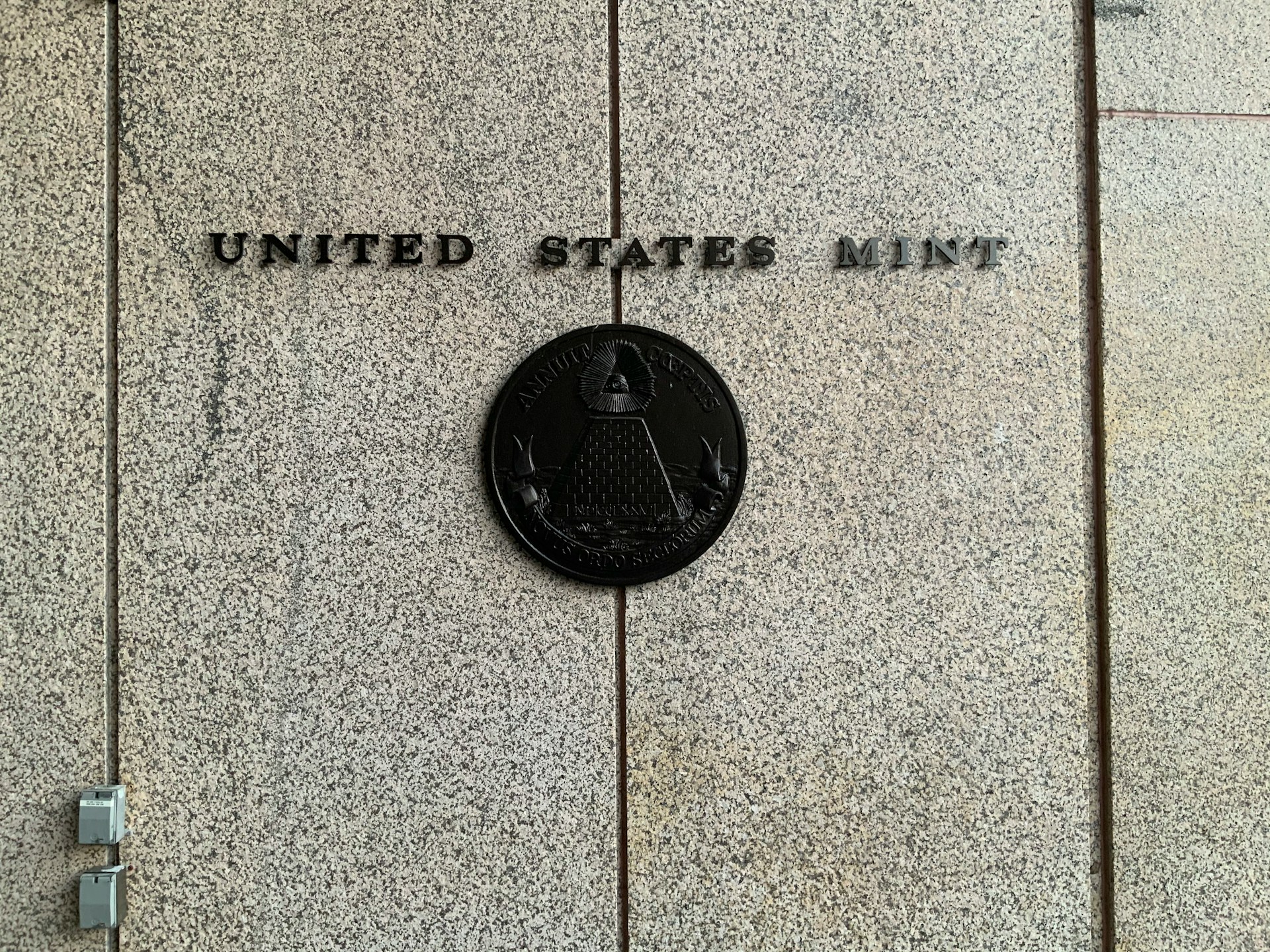In the heart of our nation’s capital, the U.S. Mint stands as a silent maestro, orchestrating the creation of the currency that fuels our daily transactions. Established in 1792, the U.S. Mint has become an integral part of American history, embodying both the artistry and functionality of coinage.
The U.S. Mint, headquartered in Washington D.C., is not just a factory churning out coins; it is a symbol of the country’s economic strength and stability. With its roots tracing back to the Coinage Act of 1792, the Mint holds the responsibility of producing an array of coins, from pennies to silver dollars, each carrying the distinctive mark of American craftsmanship.
One cannot explore the U.S. Mint without delving into its architectural legacy. The main mint building in Philadelphia, an imposing neoclassical structure, is a testament to the institution’s enduring presence. It stands as a physical representation of the meticulous care and attention dedicated to the creation of our currency.
As one steps into the inner sanctum of the U.S. Mint, a sense of history and tradition permeates the air. The rhythmic hum of machinery, the scent of metal, and the skilled hands of artisans all contribute to the orchestration of coin production. The U.S. Mint is not merely a place of mass production; it is a workshop where every coin is born with precision and purpose.

The U.S. Mint’s influence extends beyond the borders of its physical locations. Coins minted here are not just pieces of currency; they are storytellers, narrating the tale of a nation’s progress and evolution. From the iconic Buffalo Nickel to the modern state quarters, each coin encapsulates a moment in time, frozen in metal.
Beyond the utilitarian aspect, the U.S. Mint plays a crucial role in preserving numismatic history. Limited edition releases, commemorative coins, and special editions bear witness to the Mint’s commitment to celebrating the nation’s milestones and honoring its influential figures.
The U.S. Mint, though steeped in tradition, embraces modernity with evolving technologies that enhance the precision and security of coin production. The integration of cutting-edge techniques ensures that the coins minted today are not only visually striking but also resistant to counterfeiting.
In the hands of collectors, U.S. Mint coins become cherished artifacts, tangible links to the nation’s past. The numismatic community eagerly anticipates new releases, each coin becoming a small piece of Americana that is both a work of art and a historical document.

So, the next time you feel the weight of a quarter in your palm or hear the distinctive jingle of loose change, remember that you hold more than just currency. You hold a piece of the U.S. Mint’s legacy, a small but enduring artifact that encapsulates the journey of a nation from its founding to the present day. The U.S. Mint, with its unwavering commitment to craftsmanship and history, continues to mint not just coins but a tangible connection to the past that we carry with us every day.
In conclusion, the U.S. Mint is more than a facility that stamps out coins; it is a guardian of history, an architect of currency, and a custodian of American identity. As we reach into our pockets and exchange coins in everyday transactions, let us not overlook the silent artistry and legacy embedded in every piece, courtesy of the venerable U.S. Mint.
If you enjoyed this read, check out our other posts.














What do you think?
Show comments / Leave a comment